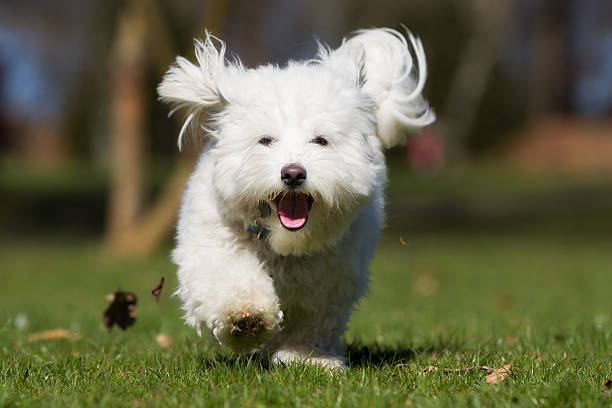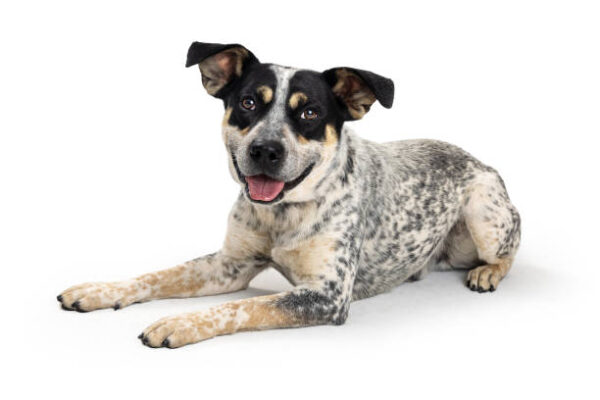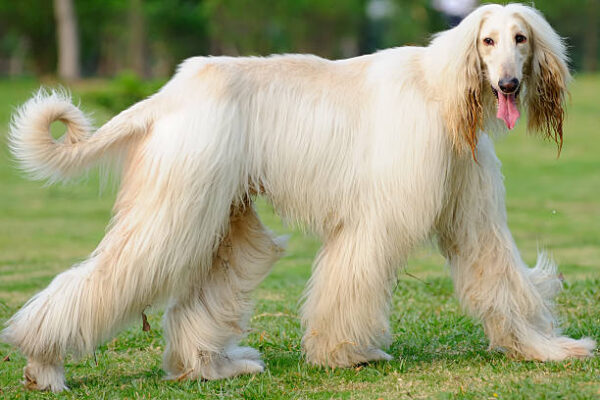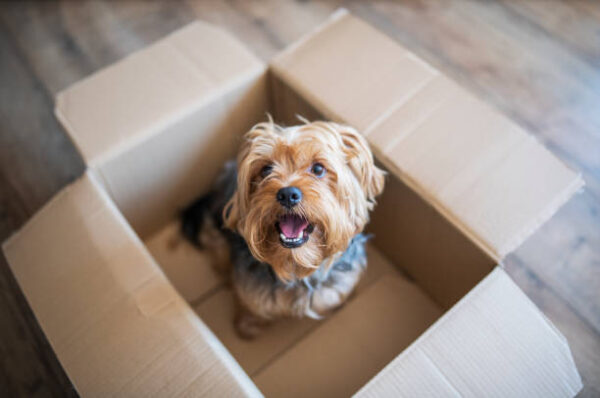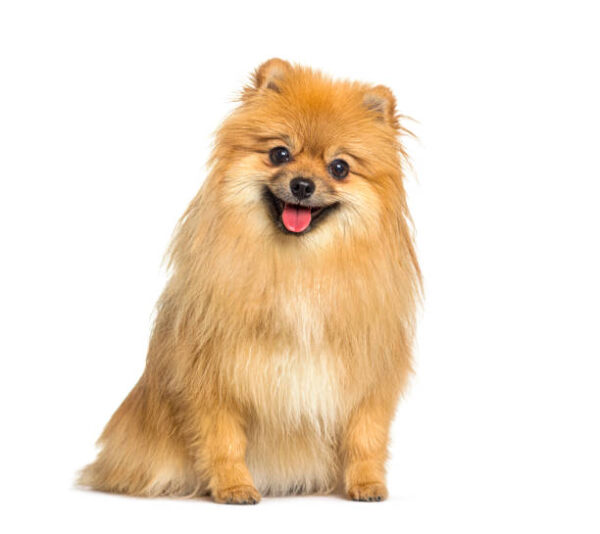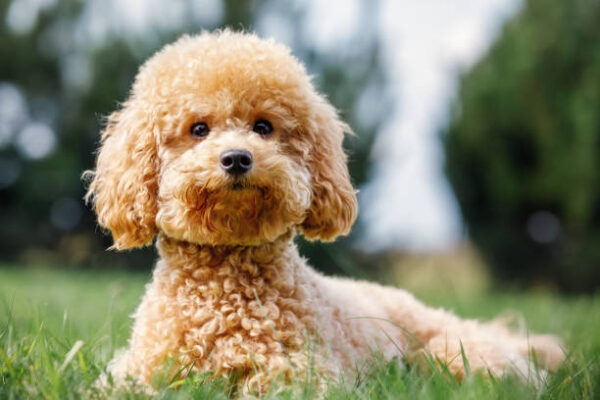Your cart is currently empty!
Coton De Tulear
Coton De Tulear Coton De Tulear: Although this, the ‘Royal dog of Madagascar’ was officially recognised as recently as 1990, the breed had been seen on the island of Tula for several centuries. The Coton in his title describes the texture of his single coat, which is a hallmark of the breed along with his […]
Description
Coton De Tulear
Coton De Tulear: Although this, the ‘Royal dog of Madagascar’ was officially recognised as recently as 1990, the breed had been seen on the island of Tula for several centuries. The Coton in his title describes the texture of his single coat, which is a hallmark of the breed along with his arched loin giving him a distinctive outline.
General appearance
Small dog of white appearance with dark pigmentation. Slightly longer than high. Long coat of distinctive cotton texture.
Characteristics
Lively, intelligent, adaptable and agile.
Temperament
Loyal, friendly and good natured.
Head and skull
Triangular viewed from above. Skull, viewed from the front, slightly rounded, rather wide in relation to length. Slight stop, slight frontal groove. Ratio of muzzle length to skull length 5:9. Muzzle straight with definite underjaw. Nose black with open nostrils.
Eyes
Round, dark and expressive. Spaced well apart. Black eye rims.
Ears
High set slightly above the level of the eyes, pendulous, slender, well covered with fine long hair.
Mouth
Jaws strong, with a perfect, regular and complete scissor bite, i.e. upper teeth closely overlapping lower teeth and set square to the jaws. Full dentition desirable. Lips black.
Neck
Well muscled, slightly arched, tight skinned. Of moderate length and in balance with height and length.
Forequarters
Shoulders well laid back. Shoulder, upper arm and forearm of approximately equal lengths. Viewed from the front, forelegs straight. Well boned.
Body
A distinctive feature of the breed, the topline rises slightly to a well-muscled loin and falls away gently over the croup to a low set tail. Ratio of height at withers to length from point of shoulder to point of buttock, 2:3. Forechest well developed. Brisket let down to elbow. Well-sprung ribs, moderate tuck up.
Hindquarters
Well-muscled legs, parallel when viewed from behind. Moderate angulation.
Feet
Small, round and tight. Black pads.
Tail
Well feathered, low set, tapering and curved. At rest, carried below the hock with tip slightly raised. On the move, carried in a gentle curve above the back, with point towards the nape, withers, back or loin, in line with the spine. In dogs with abundant coat, the tip may touch the dorsal region but should not rest on the back.
Gait/movement
Smart, free and smooth. True fore and aft with topline retained on the move. Never high stepping.
Coat
Of unique cotton texture without woolly undercoat. The coat is full and supple, standing away from the body. Can be slightly wavy, not heavy, curly, coarse or silky. Never trimmed except to tidy feet. Coat texture is more important than length.
Colour
Predominantly white, a few slight shadings of light grey or fawn/apricot permitted on the ears. On the other parts of the body such shadings can be tolerated if they do not alter the general appearance of the white coat. Younger dogs may have higher levels of colour.
Size
Dogs 25-30 cms (9¾ – 11¾ ins); bitches 22-27 cms (8¾ – 10½ ins).
Faults
Any departure from the foregoing points should be considered a fault and the seriousness with which the fault should be regarded should be in exact proportion to its degree and its effect upon the health and welfare of the dog and on the dogs ability to perform its traditional work.
Note
Male animals should have two apparently normal testicles fully descended into the scrotum.
